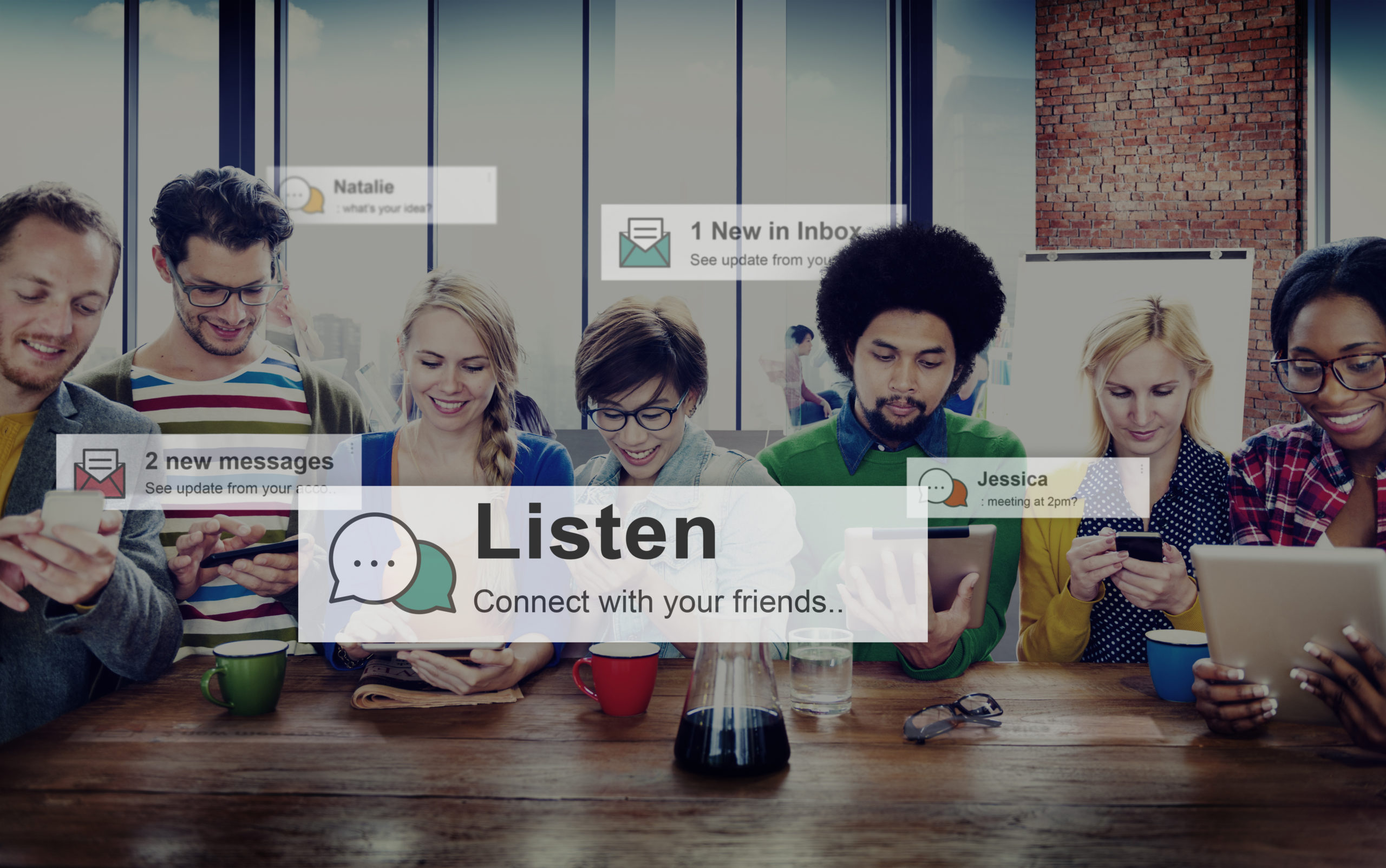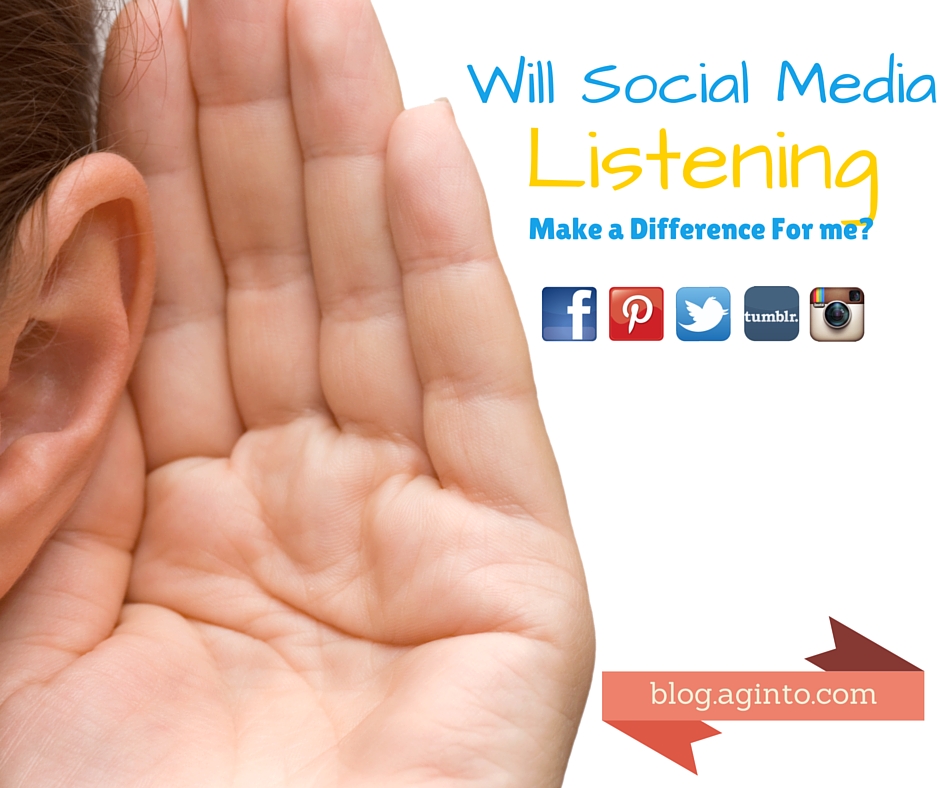

and the channels where your target audience talks. Go for the big networks - Twitter, Facebook, Weibo, etc. Too much and your team will be overwhelmed. Events related to your company - product release, industry terms and topics, PR crisisĬhoose data sources to track.Product and brand mentions combined with service-related words, such as 'not working', 'failed', 'help'.


Products and brand mentions, to understand the sentiment towards your business - include brand name, hashtags, product names, common misspellings.Analyse your audience so you can create targeted messagingĬhoose which terms to monitor across websites, blogs, news sites, reviews, Q&A forums, podcasts, and social media.Benchmark against your competitors - products, audience, marketing strategy.Keep up to date on your industry and trending topics.Understand consumer sentiment around your brand and products.Once you've chosen a social listening tool that meets your business needs, set your goals… Read our Social Listening Guide for more details. Find the cause and react quickly to avoid reputational damage. Is it a PR crisis? Is it UGC that you can use? An increase in negative sentiment is an early warning sign of an issue. Monitor increases in positive and negative engagement. Identify crises and fluctuations in the volume of consumer conversation surrounding your brand.Monitor influencers’ activities and engagement levels on all their social media channels to ensure they're still on brand.What user-generated feedback they're receiving, so you can target your messaging to their consumers. Conduct competitor analysis to understand which of your competitors' posts are trending and why.Follow industry trends and jump into the conversations to increase consumer engagement.Capture the positive and negative mentions, to identify a failing campaign, a product launch badly received, and positive user-generated content that can be used in your marketing messaging. Today's consumers are watching how brands perform on all levels - societal issues, DEI, the environment, personalization. Monitor and analyse sentiment and brand perception to understand what consumers think about your brand.Much work remains to determine best practices for using this rapidly evolving data source.Your social listening strategy should include the following. Social media listening is an important tool to augment post-marketing safety surveillance. This gives me fantastic data points to make strategic decisions for my social media. Further analysis revealed that 26 % of posts also contained benefit information. Las redes sociales se han transformado en el canal más eficiente para que las empresas puedan interactuar con sus clientes y clientes potenciales. Im can see the benchmark for my market & compare my competitors. In Twitter, a total of 6,441,679 Medical Dictionary for Regulatory Activities (MedDRA(®)) Preferred Terms (PTs) representing 702 individual PTs were discussed in the same post as a drug compared with 15,650,108 total PTs representing 946 individual PTs in Facebook. The resulting dataset was analyzed for safety and benefit information. The objective of this paper is to describe one methodology that could help unlock the potential of social media for safety surveillance.Ī third-party vendor acquired 24 months of publicly available Facebook and Twitter data, then processed the data by standardizing drug names and vernacular symptoms, removing duplicates and noise, masking personally identifiable information, and adding supplemental data to facilitate the review process. Health information posted online by patients is often publicly available, representing an untapped source of post-marketing safety data that could supplement data from existing sources. Although social listening is commonly used for commercial purposes, there are only anecdotal reports of its use in pharmacovigilance. There is growing interest in exploring the use of social media ('social listening') to supplement established approaches for pharmacovigilance. Limitations of these data sources include potential under-reporting, lack of geographic diversity, and time lag between event occurrence and discovery. Post-marketing safety surveillance primarily relies on data from spontaneous adverse event reports, medical literature, and observational databases.


 0 kommentar(er)
0 kommentar(er)
